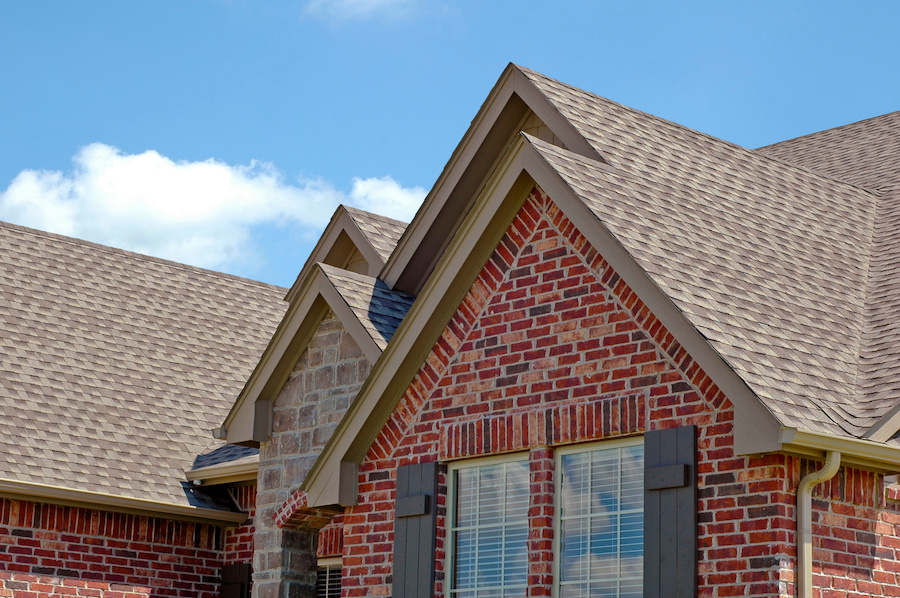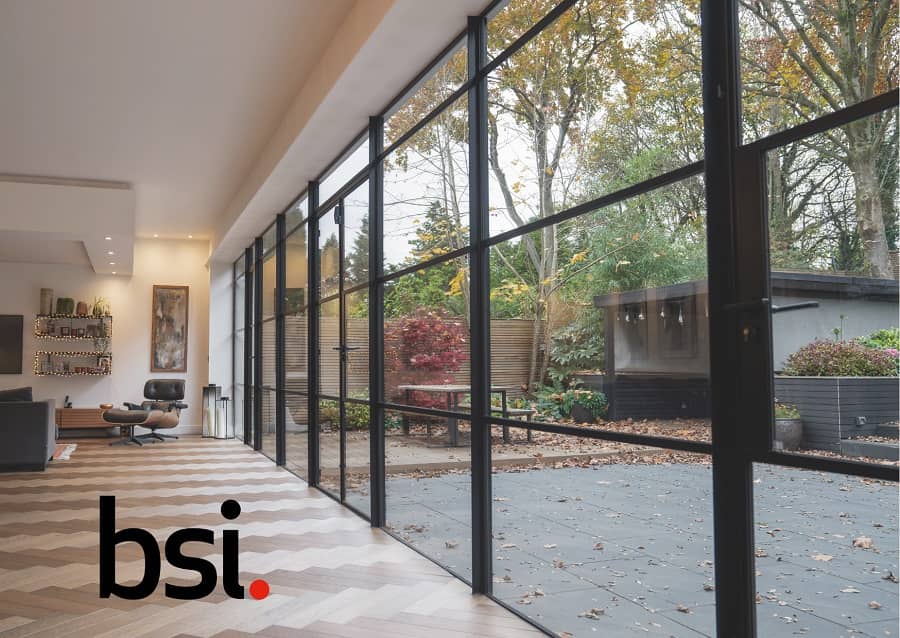Raising the roof on the challenges affecting the roofing industry

Roof line of a house with gabels
Roofs are often regarded as simply the part of a building that keeps the rain out, or the place to put a TV aerial. However, as John Osborne explains the roofing industry is currently concerned about far more than the effect of the next thunderstorm on roofing products that have already been installed.
Covid-19; climate change; skills; and materials shortages are just some of the pressures that roofers have had to deal with over the last twelve months.
However arguably the biggest challenge has been finding enough people to install roofing products.
The National Federation of Roofing Contractors said: “The roofing industry is extremely busy currently, and this is putting a strain on the industry’s capacity. According to the NFRC’s State of the Roofing Industry Survey for the second quarter of 2021, three quarters of contractors (76%) said they were experiencing recruitment difficulty. There are skills shortages across a number of disciplines in the sector, with roof, slaters and tilers being the most in demand role currently.”
Phillip Lidgerton, Managing Director, Building Materials Nationwide agrees that the skills shortage is a serious problem. He said that as most of the firm’s customers are returning trade customers, “We are constantly being told about the state of the industry. Because we cover the entire country, we are also in the unique position of knowing the different issues affecting the different areas.
“We used to find that one area of the country may have a shortage of bricklayers, whilst another had an abundance but were short on labourers, for example.
“However, this year, the whole country seems to be struggling with a lack of skilled labour; roofing is one of these areas. This has been exacerbated because demand for materials has increased dramatically and manufacturers can’t keep up with that demand. Furthermore, raw material costs have skyrocketed, and the importation process has slowed substantially due to Brexit, and a severe shortage of HGV drivers which just adds to the issues being faced.”
Another big problem is the shortage of materials and the price of materials. “A shocking 81% of roofing contractors saw a deterioration in the availability of materials in the second quarter of 2021”, said the NFRC, “on what was already quite a severe shortage. Over half of roofing contractors (54%) are struggling to obtain concrete roof tiles, and just under half can’t get hold of timber battens (49%). Contractors are often facing lead times of 20 weeks+ to get these materials, and have seen prices rise by over 100%t in last year for some products.”
Another challenge the roofing industry faces is changing hearts and minds. While easy to install roofing products are becoming more popular some local authorities in conservation areas are insisting that only traditional roofing tiles are installed.
Phillip agrees that is a challenge: “We’ve long found that regardless of innovations made by manufacturers, local authorities will resist the pressure to open themselves up to the opportunity to explore new and innovative products that have the same appearance as traditional materials in conservation areas.
“Everyday, we hear about the problems the planet is facing and the damage being done, and we are constantly told that we must explore every opportunity to source sustainable products, and this is a category a lot of easy to install products now fall under.”
2021 has been a tough year for roofing suppliers, and it is not over yet. Hopefully soon more people will fill the many jobs in the industry. Also, manufacturers of roofing products are continuing to develop innovative, attractive solutions.




















